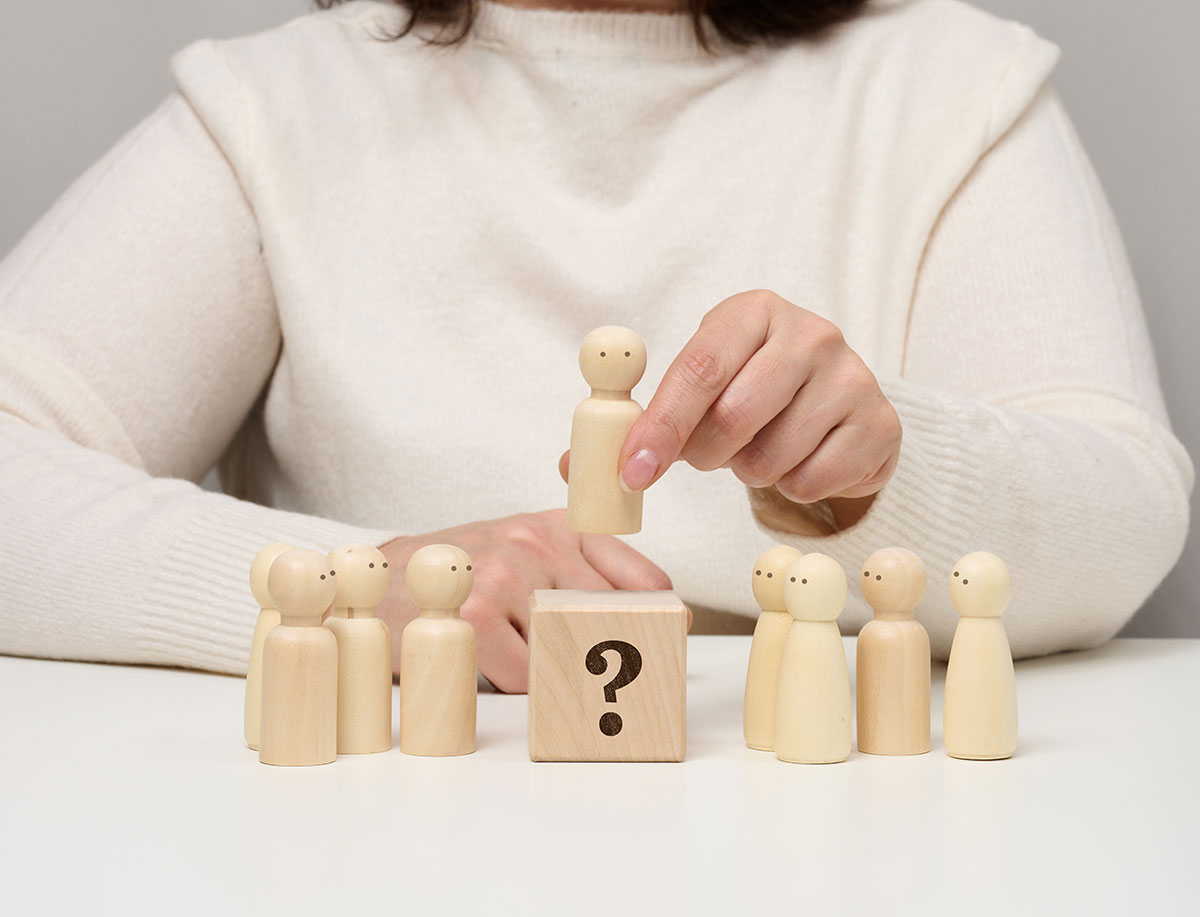Genuine leather is more than just a fashion statement; it’s a symbol of quality and durability. Whether you’re looking to buy a new jacket, handbag, or pair of shoes, understanding genuine leather will guide your choices. This article breaks down everything you need to know, from what defines genuine leather to how to care for it.
What Exactly is Genuine Leather?
Defining Genuine Leather vs. Other Leathers
Genuine leather refers to animal hide that has been tanned and finished. It’s important to distinguish genuine leather from other materials, like faux leather or bonded leather. Faux leather is synthetic and doesn’t offer the same texture or durability. Bonded leather, made from leather scraps combined with adhesive, is less durable and often less expensive.
The Leather Making Process: From Hide to Hide
The leather-making process starts with the raw hide of animals—most commonly cows. Here’s a simplified view:
- Sourcing: High-quality hides are sourced from meat production.
- Tanning: This process preserves the hide and prevents decay. It can take weeks.
- Finishing: Dyes and coatings are applied for appearance and protection.
- Cutting and Sewing: Finally, pieces are cut and sewn into products.
Identifying Genuine Leather: A Guide for Consumers
To identify genuine leather, look for the following signs:
- Smell: Genuine leather has a natural, earthy scent.
- Texture: It should be soft and pliable, with slight imperfections.
- Appearance: Check for consistent grain patterns.
- Weight: Genuine leather feels heavier than synthetic options.
The Different Types of Genuine Leather
Full-Grain Leather: The Top of the Line
Full-grain leather is the highest quality. It uses the entire hide without any alterations, showcasing natural imperfections. This type is sturdy, develops a beautiful patina over time, and resists wear.
Top-Grain Leather: A Popular Choice
Top-grain leather is also high-quality but has been sanded to remove imperfections. It’s more uniform in appearance but slightly less durable than full-grain. It’s often used for wallets and handbags.
Genuine Leather Variations: Nubuck, Suede, and More
- Nubuck: Sanded for a velvety feel; it’s soft but prone to stains.
- Suede: Made from the underside of the hide; it has a soft texture and is often used for shoes and jackets.
- Bonded Leather: Often mixed with synthetic materials, it’s less durable but more affordable.
The Pros and Cons of Genuine Leather
Durability and Longevity: A Timeless Investment
Genuine leather products last longer than synthetic alternatives. With proper care, they can last decades, making them a worthwhile investment.
The Cost Factor: A Premium Material
The price of genuine leather can be higher due to the quality of materials and craftsmanship. But remember, it often saves money in the long run as it doesn’t need frequent replacement.
Ethical Considerations and Environmental Impact
Choosing genuine leather raises ethical questions about animal welfare and environmental sustainability. Sustainable practices are becoming more important in the leather industry, so look for brands that promote eco-friendly methods.
Caring for Your Genuine Leather Goods
Cleaning and Conditioning Your Leather
To keep leather looking its best:
- Dust Regularly: Use a soft cloth to remove dust.
- Clean: Use a leather cleaner every few months.
- Condition: Apply leather conditioner to prevent drying.
Protecting Your Leather from Damage
- Avoid Water: Leather absorbs moisture. Use a waterproof spray if needed.
- Limit Sun Exposure: Keep leather items out of direct sunlight to prevent fading.
Repairing Minor Scratches and Tears
- Scratch Fix: Use a leather balm to fill in small scratches.
- Tear Repair: For small tears, use a leather patch or take it to a professional.
Genuine Leather in Various Applications
The Popularity of Genuine Leather in Fashion
Genuine leather is a staple in the fashion industry. From jackets to belts, its timeless appeal attracts many consumers.
The Use of Genuine Leather in Furniture and Home Decor
Leather furniture adds a touch of luxury to any home. It’s durable and easy to clean, making it ideal for families.
Other Applications: Automotive, Aviation, and More
Genuine leather is used extensively in the automotive industry for upholstery. It’s also common in aviation and high-end electronics, reflecting its versatility.
Choosing and Buying Genuine Leather Products
Identifying Authentic Leather: Spotting Fakes
When shopping, look for:
- Tags: Ensure it says “genuine leather.”
- Price: If it’s too cheap, it might not be authentic.
- Feel: Familiarize yourself with genuine leather’s texture.
Where to Buy High-Quality Genuine Leather
Shop at reputable retailers or specialty stores known for quality leather products. Check online reviews to find reliable brands.
Tips for Making Informed Purchasing Decisions
- Research Brands: Read up on product origins.
- Ask Questions: Don’t hesitate to inquire about materials.
- Check Return Policies: Ensure you can return if it doesn’t meet expectations.
Conclusion: Making the Most of Your Genuine Leather Investment
Understanding genuine leather equips you to make smart purchasing decisions. Whether it’s for fashion, furniture, or beyond, genuine leather stands the test of time. Invest wisely, care for your items well, and enjoy the lasting beauty and quality that genuine leather offers.




